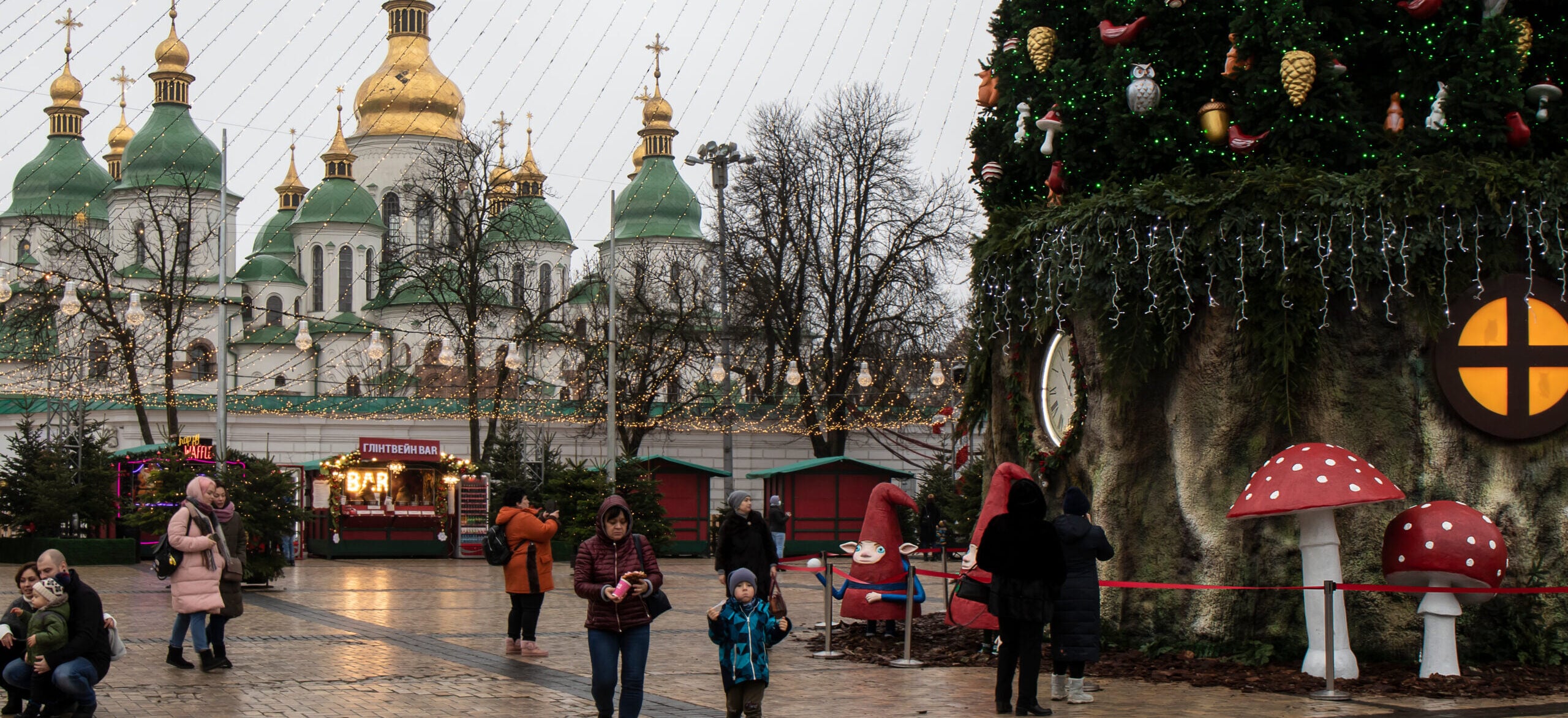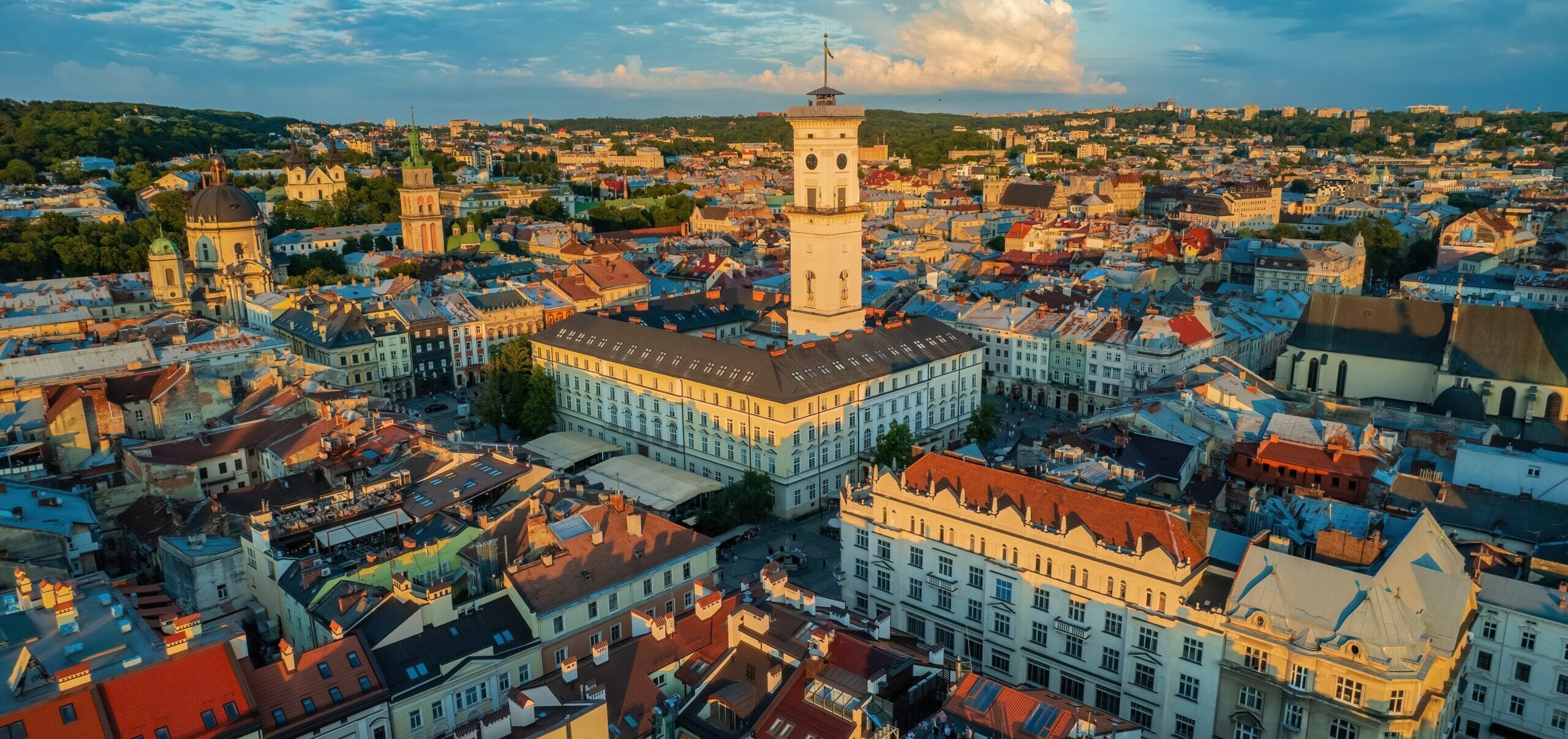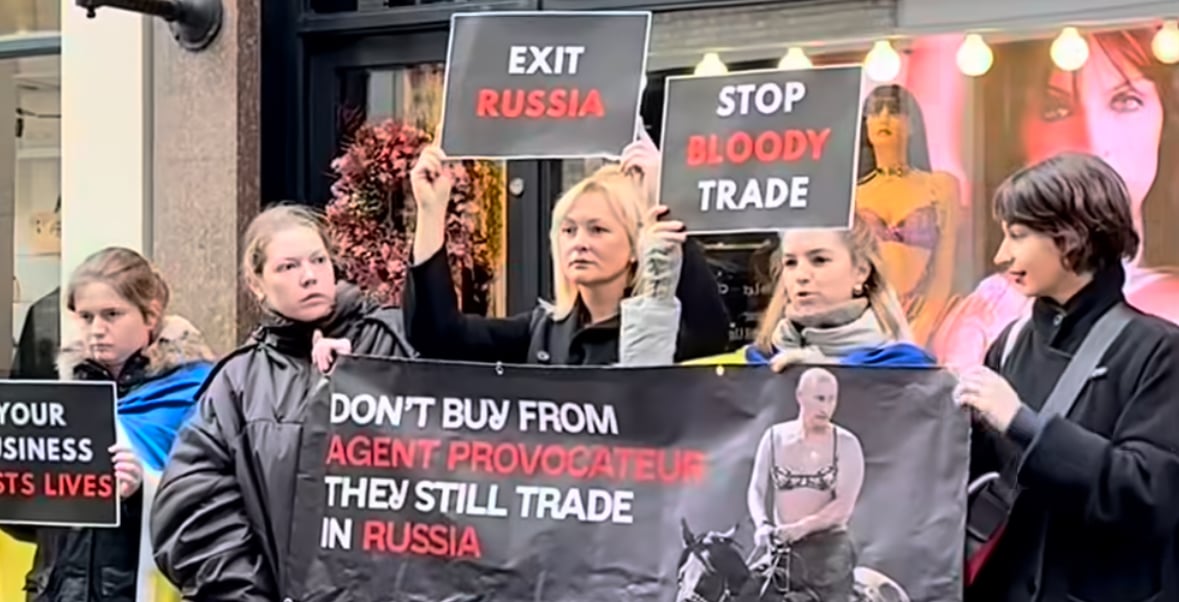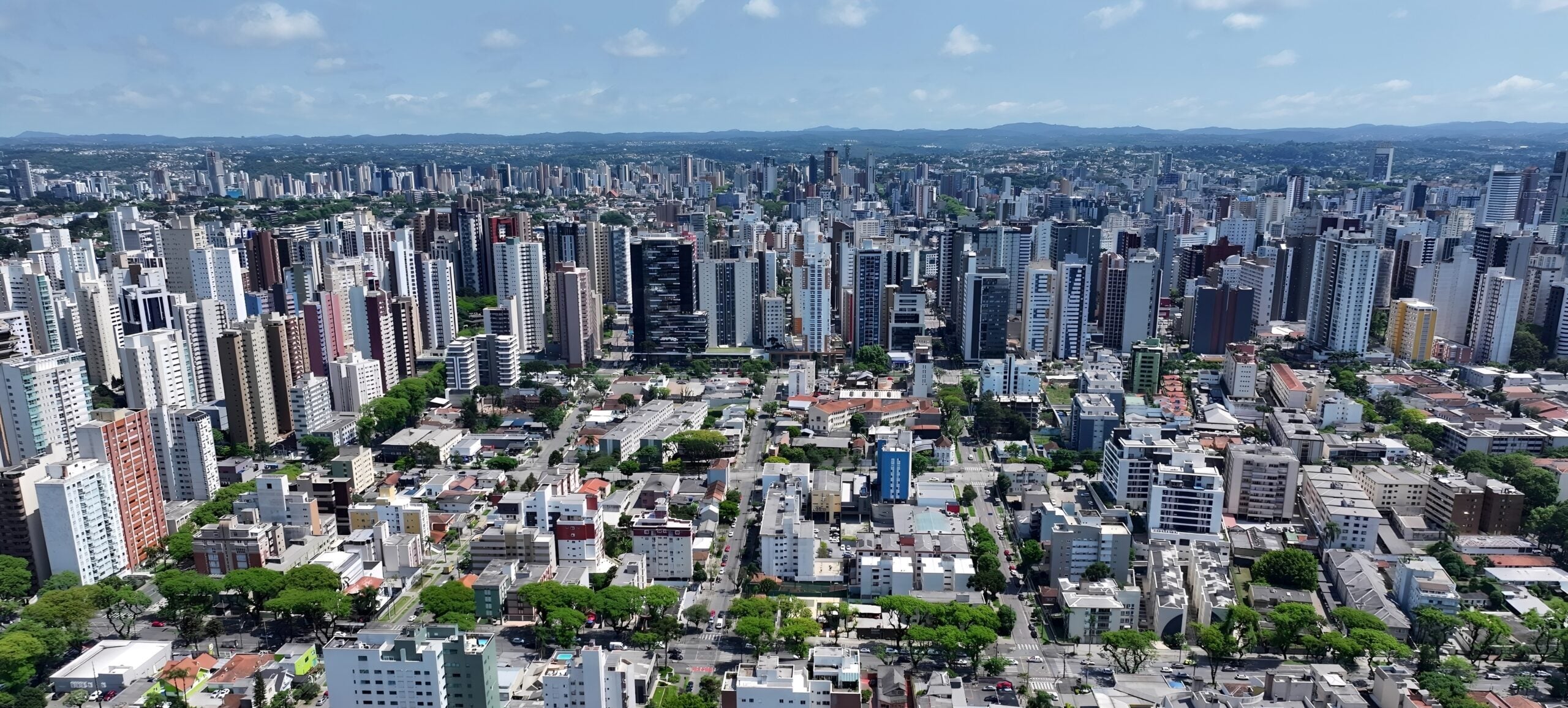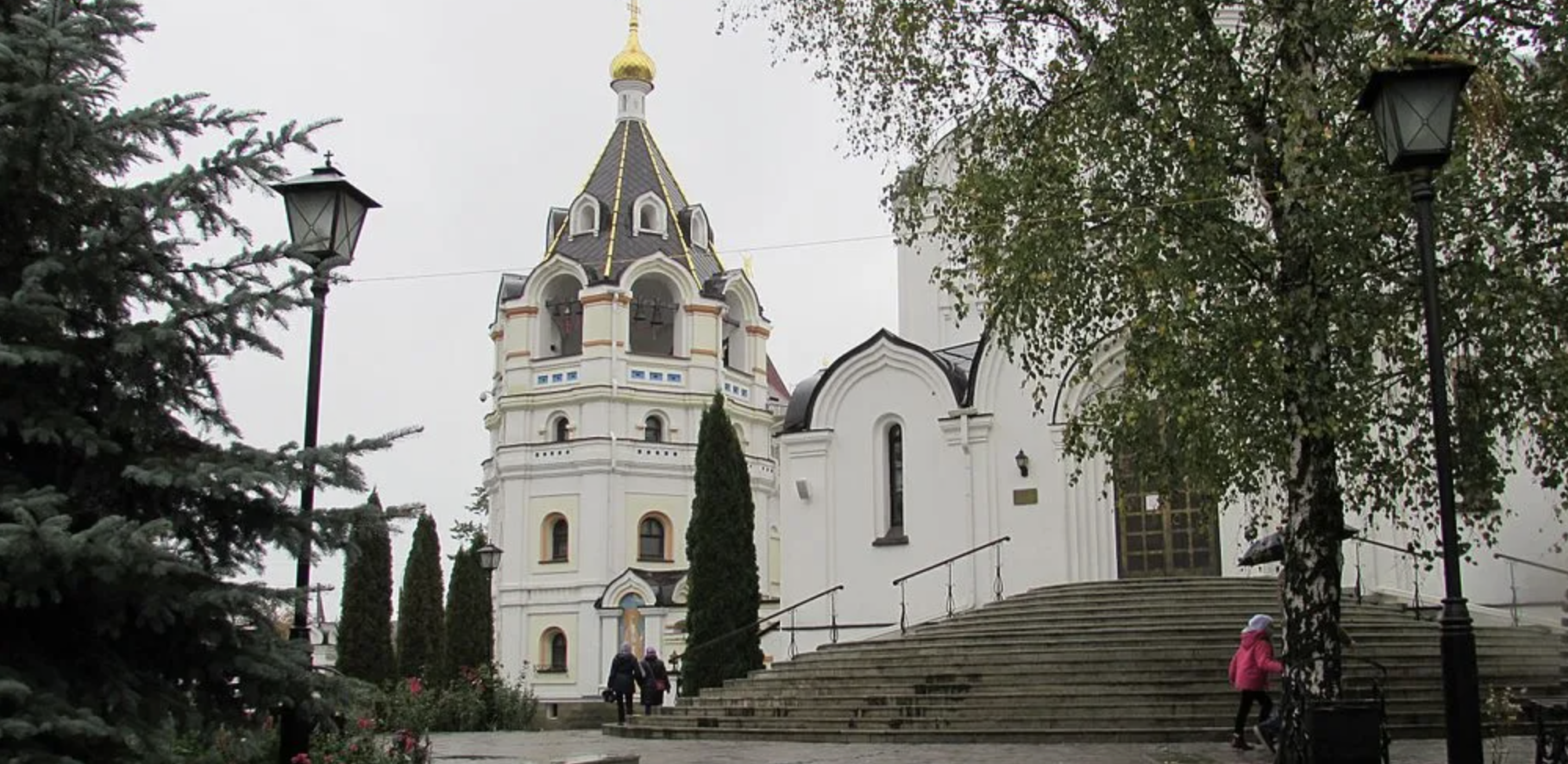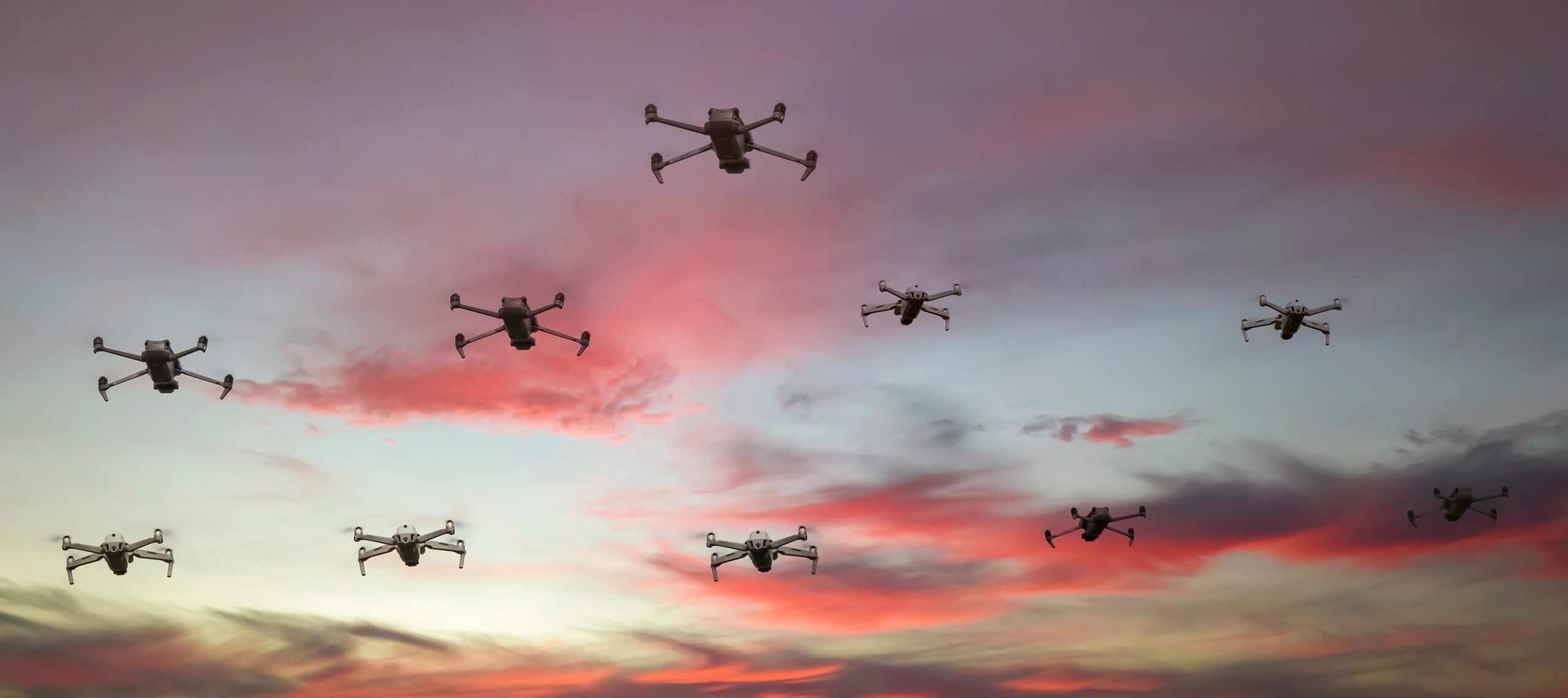

by Anton Senenko, a military serviceman, volunteer, and promoter of science. who serves as a Senior Research Fellow at the Institute of Physics of the National Academy of Sciences of Ukraine, who has a degree of Candidate of Physical and Mathematical Sciences.
Source: Senenko on Facebook
I recently overheard a story from a soldier, a fighter named Mykola, at a gas station. It was a story about “the drone that could.”
One day, on the ‘X’ (formerly, Twitter) operational sector, an adjacent unit from the Kappa Brigade reached out to Unit ‘Y.’ (We’ll skip the letter ‘Z’ for obvious reasons).
The Kappa Brigade asked Unit Y the following:
“Brothers,” (that’s exactly what they said), “We need your help. Our guys have been stuck in their positions for two months. We know you have drones. Could you drop them a bottle of water?”
“What?” Unit Y replied. “A bottle of water? Supply drones deliver food and water. We don’t transport water. We destroy the enemy. We fly combat birds.”
Here, I need to take a brief detour to explain the realities of modern warfare for those who are unfamiliar.
Today, the battlefield is primarily fought with drones. Not artillery (though it still exists in places), not tanks or armored personnel carriers, they are incinerated in minutes, remember that funny clip about the new German Leopard brigade? Right, and not aircraft (they don’t even appear above the line).
The front “line” itself no longer exists. Trenches are now just empty, abandoned reference points for the “eyes in the sky.” The modern front line is a continuous series of holes and burrows where living people hide, on our side, and on the Russian side. Drones are the combatants.
In the sky are drones: filming, targeting, mining, chasing, maiming, and killing.
Dozens and hundreds of drones have saturated the entire sky. I am not making this up. If a drone notices a person, the countdown of their final moments has begun and is measured in minutes. The chance of survival is hoping the drones will be busy with others while you, specifically, are running and hiding somewhere. It doesn’t matter how well you are protected by wooden overlays or concrete. You are already dead if you’ve been spotted. You are alive if you are invisible, nimble, and fast. Even just under a bush.
On the ground there are also drones.and unmanned ground vehicles. They drive, deliver provisions and ammunition. They deploy mines. They evacuate the wounded. They shoot if they have a machine gun. You have seen all of this in a bunch of videos on social media, but you absolutely do not imagine the scale.
These soulless things fly and drive 24/7 around the clock, without breaks or days off (except for rain and fog). Adding to the surrealism or the “Skynetization” of the war is the fact that drones see perfectly at night. Even better than during the day. Western special forces and Navy Seals silently who lurk in the dark and cut someone’s throat with knives is a thing of the past more for children’s fairy tales.
Europeans do not even imagine what modern war is like. Anyway, it’s all exactly as Berlinska predicted, and they didn’t believe her.
Furthermore. Sometimes these drones drop packages, food, ammunition, medicine, to the forward positions of the infantry buried in their holes. It is impossible to drive anything in. Pickups and armored vehicles are burned. That is why both our side and the Russians send large multicopter drones at night, carrying, essentially, life. This is their job, and without them, it would be simply impossible for anyone to hold the positions.
“…we don’t transport water. We destroy the enemy,” Unit Y says.
“Dears, listen,” Brigade Kappa begs. “Our copters haven’t been able to fly there for two nights now. The Russians are shooting them down. The guys literally have no water. Dehydration has already started.”
Lyrical Interlude Number Two: If, for some reason, the heroic infantry, who are carrying this entire war and whose thesis is “Ukraine is only where the Ukrainian infantryman’s foot stands,” must abandon and cannot hold the holes in the tree line, then Russian infantry enters, and we see more disappointing news on the deep state.
“…dehydration has already started.”
“Um,” Unit Y says, already less sure. “We can deliver a mine to a Russian tank. A high-explosive charge. Blow up a building or a bunker. But water… Carrying water with a combat drone… We don’t have anything set up for that…”
“Dears… The guys will die. And we’ve heard how skillfully you fly everywhere. They definitely can’t shoot you down. Even just a liter of water for everyone. If there were other options, we wouldn’t be reaching out. This is truly the absolute last resort… You are our only hope.”
“We will consider it now,” Unit Y says.
Lyrical Interlude. Whatever number this is. Drones in the war come in different types. Disposable, reusable, expensive, very expensive, insanely very expensive, and even more expensive than the ridiculous new Bentleys on the streets of a country fighting for its survival.
The copters that carry provisions, those are reusable. The disposable ones are intended only for “flew-saw-destroyed” missions. The first kind costs as much as a cast iron bridge or plutonium-grade uranium. The second kind is cheaper, but still more expensive than the residual value of a worn-out Audi in the village.
Sending an Audi with a bottle of water only to smash it into a pole, that’s a poor story from an economic standpoint. But when it comes to the lives of our own infantry right on the front lines, you can sacrifice (and they do) a brand new Mercedes from the showroom.
Overall, Unit Y somehow found a bottle of water (and don’t think Unit Y has a water dispenser. Water is delivered to them too, and it is almost golden and precisely calculated for the drone operator crews), attaches that bottle instead of a mine, and sends it on the flight.
It was hard for the drone to fly. The bottle was heavy. One and a half liters. Wind in its face. Cold. The battery was dying. The Russians see the Ukrainian drone and shoot at it with everything they have. They know that without water, our guys won’t last long. Twice the pilot almost lost control, but the drone persevered. It landed right in front of the fighters, who carefully detached the bottle and passed it from hand to hand like a treasure. Then one of them bowed to the camera, so the drone pilot could see on the screen that the infantry was grateful. And now the infantry will continue to stand. In that line of holes.
I don’t know what will happen after the war, but I am sure that somewhere there, on the ‘X’ sector, near an unnamed tree line, some unknown people will erect a monument to the drone carrying a bottle of water. The drone that could. Although the heroes in this whole story are the infantrymen. The human-gods on earth who fear neither the devil nor themselves.
What is my point? God knows. I scrolled through the feed, read some posts, and decided to focus on the truly valuable things that are absolutely not about money, MBA courses, dollars in suitcases (dear God, what shame, darkness, sheer impunity, and audacity), or Black Fridays.
An infantryman in a hole, a bottle of water, and a drone, that is all that separates us from occupation by a country that also has infantry in holes, excellent (!) drones, wonderful (!) drone operators, and also KABs (guided bombs), ballistics, and the rest of the deadly things.
Please, do not overestimate the distorted reality of peaceful Ukrainian cities. You do not even imagine how thin a line is being held by fantastically heroic people in those tree lines.
We once drank coffee in Myrnohrad, and slept in snow-white sheets at the Druzhba Hotel in Pokrovsk. Now they are ghost cities.
The front is pushing west. Residents of occupied cities and towns are being mobilized and placed in the first ranks, directing Ukrainians to kill Ukrainians.
The war will not end. Not by the end of this year. Not by the end of next. I find the European forecasts about 2026 very amusing, although if I were preparing for World War III, I would also be calming the population so that the economies would continue to pump resources into the arms industry.
Our good fortune is that we are already in the biggest war, and we don’t have to be hypocritical and lie (right?).
Volunteer. Cars. Drones. Medicine. Legal or psychological support for the wounded and discharged. Camouflage nets. Only the good kind. They really do mask things. From those same drones.
Give discounts to the troops. Fuel, coffee, clothing. Toys. Flowers. It will return to you a hundredfold. Donate. For drones. For everything that shoots down drones. For cars that carry drones and infantry. For first-aid kits. Fight against unjustified spending in peaceful cities (what about that, how many millions were buried in paving stones on Holosiivskyi Avenue? Honestly, it’s sickening).
Finally, join the military. There is a great shortage of people here. We (not the ones with suitcases of cash going to the airport) have no other country, and the Russians will not stop at the Dnipro River. They will go further. They can only be stopped. Something like that.
Cover: Shutterstock

